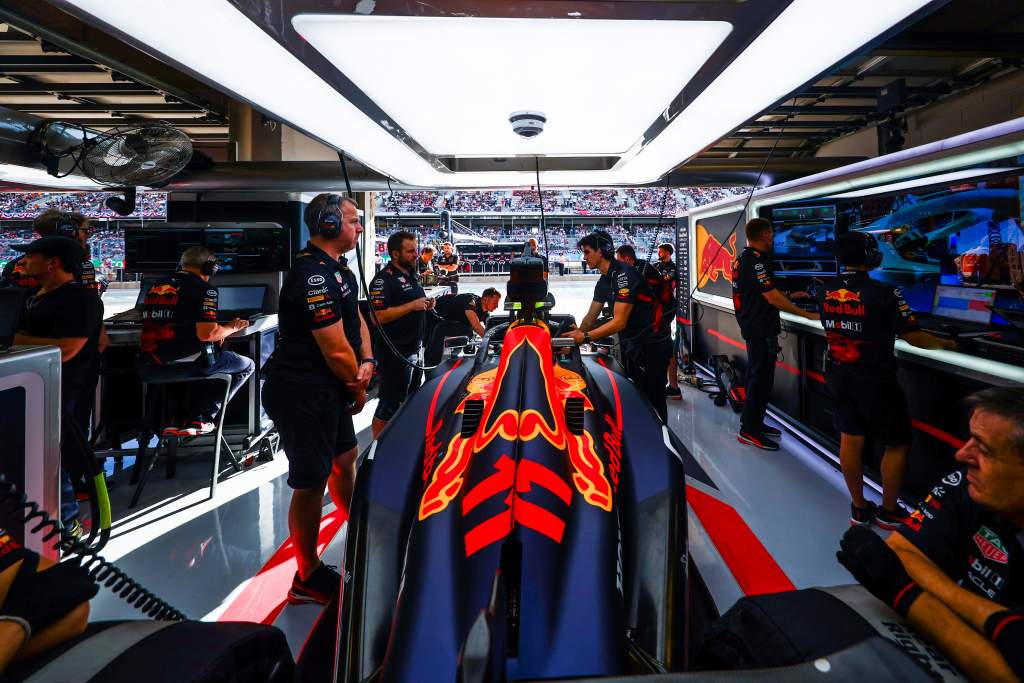Up Next

We finally know the full details of Red Bull’s 2021 Formula 1 cost cap overspend and what the punishment will be.
Is the $7million fine and 10% reduction in aerodynamic testing time for next year fair or excessive? Will this draw a satisfactory line under this latest 2021 controversy?
Here are our writers’ initial thoughts:
A bad precedent has been set
Gary Anderson
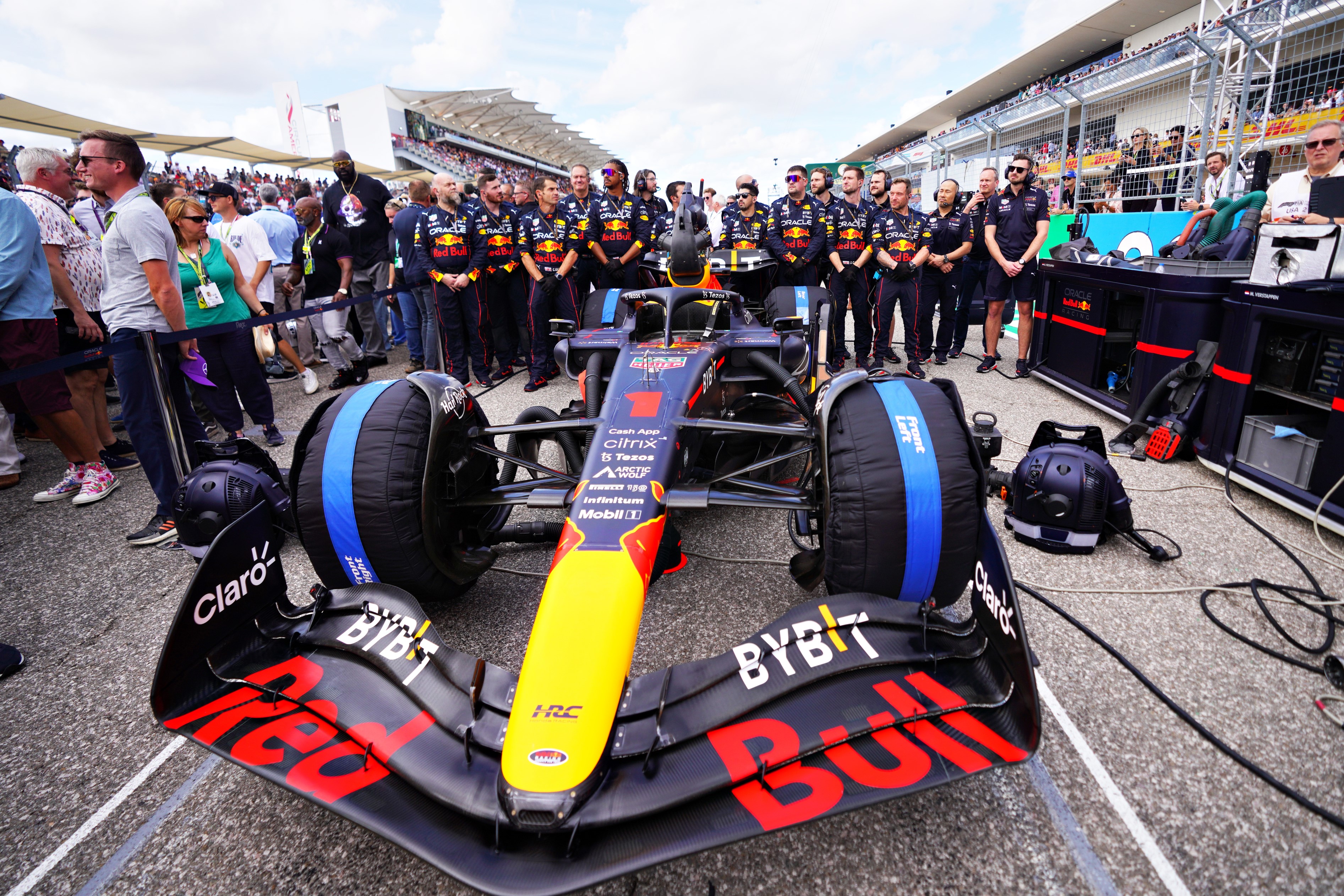
From my point of view I’m just glad it’s all over, now we can get through these last few races and let the racing grab the headlines.
The $7m fine doesn’t come out of next year’s budget cap so in reality if you have the money it’s no problem. Even finishing one position better in the constructors’ championship will pay more than that.
As for the 10% deducted from Red Bull’s aerodynamic research time, it just means Adrian Newey and his colleagues will have to scratch their heads that little bit more.
This now sets a precedent for how any cost cap irregularities will be handled in the future and it’s not a good precedent.
I’m not saying the FIA should have taken away points but the fine should have come out of the following year’s cost cap limit and the aerodynamic research time losses should have been more draconian.
If you are going to have a cost cap regulation then it needs to be implemented and executed in such a manner that it removes the temptation to overspend.
Protecting the cost cap was what mattered
Edd Straw
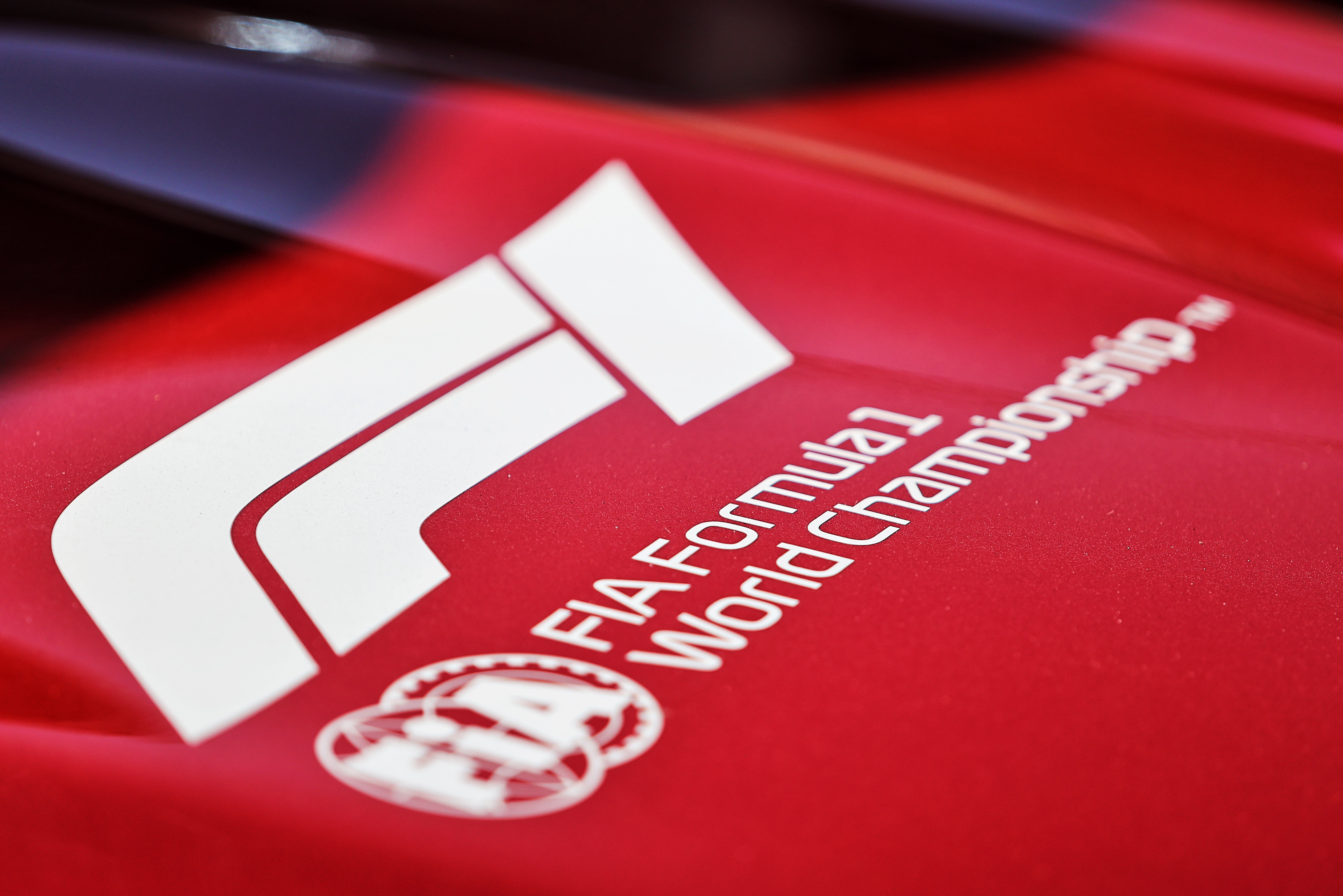
While the penalties for the cost cap breach are a little gentle, right from the start of this controversy the priority has always been that whatever the outcome, the cost cap regulations and protocols are shored up.
The summary of the Accepted Breach Agreement runs through an extensive list of areas where the Cost Cap Administration disagreed with Red Bull’s ways of applying the rules when it came to calculating its spending figures under the cost cap.
Many will focus on the fact this shows there were plenty of areas where Red Bull breached the rules, but every one of the 13 areas also represents an aspect of the regulations effectively clarified.
This is what matters most. This is the first significant test case for the cost cap regulations and the response was always going to be make or break for them. By using this Red Bull breach to create clear examples of how the cost cap regulations can and cannot be applied, it should create a line in the sand.
Rivals will be frustrated at the relative leniency of the penalty and doubtless will complain, but the absolute priority always had to be shoring up the cost cap for the long haul.
Provided this process has indeed been used to demonstrate exactly where the line is in applying the financial regulations, it will mean that next time there’s an infringement, the penalties can be draconian.
Sometimes, the big picture is what matters most and if that has been served, then it will be for the long-term good of F1.
Seems like a needless misunderstanding
Ben Anderson
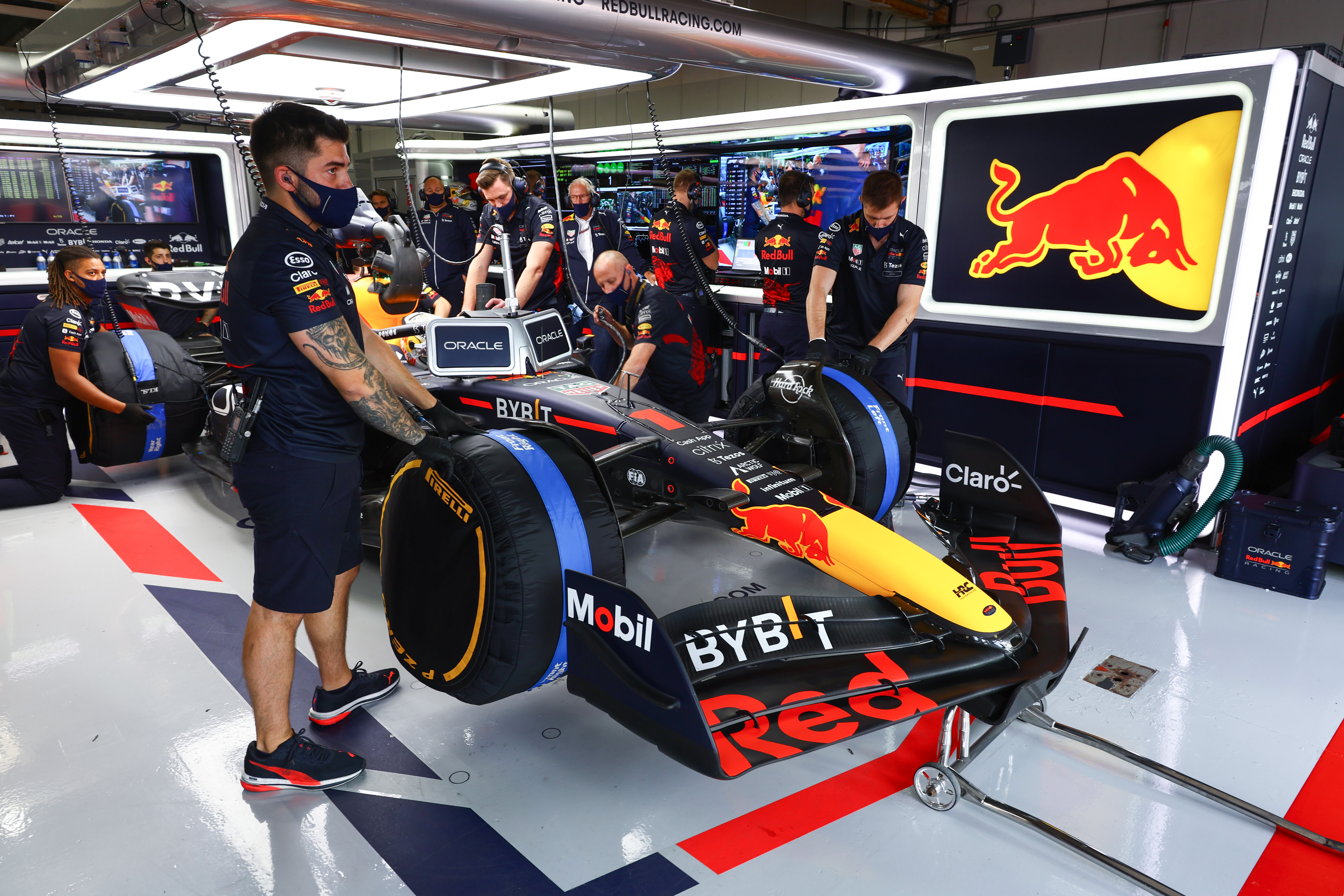
It’s interesting that the FIA’s report states that had Red Bull had got its tax affairs properly in order, the Cost Cap Administration would have classified Red Bull’s overspend at £1.4million less than it ultimately did.
“The FIA acknowledges that had RBR applied the correct treatment within its Full Year Reporting Documentation of RBR’s Notional Tax Credit within its 2021 submission of a value of £1,431,348, it would have been considered by the Cost Cap Administration to be in compliance with Article 4.1(b) of the Regulations and therefore RBR’s Relevant Costs for the 2021 Reporting Period would have in fact exceeded the 2021 Cost Cap by £432,652”.
So the FIA is basically saying it was within Red Bull’s gift to turn a £1,864,000 breach into one that was ‘merely’ £432,652 without having had to spend less on its cars/people/food or whatever – so having slightly different accounting processes could presumably make all the difference in future.
But even £432,652 is £432,652 too much. Red Bull overspent in 2021 whichever way you look at it – even if it later argues that money was being spent on something immaterial to the car/team’s performance last year.
Red Bull thus has to accept it broke the rules and must be punished. A $7m fine is small change to a team like Red Bull, so the only thing that really matters is that its windtunnel and CFD time will be further restricted next year – on top of what already applies under F1’s new balance of performance rules in this area.
This will no doubt hurt – but when you already have the best car on the grid by a decent margin, will it really hurt all that much?
And how significant is all this in the grand scheme of things if, in an alternate reality, Red Bull could account slightly differently, find an additional £500,000 savings from somewhere (surely doable), and avoid this whole sorry mess in the first place?
Feels like a needless misunderstanding to me. But breaking the rules by mistake is still breaking the rules, and hopefully the extra aerodynamic testing restrictions will cause enough pain to deter teams from trying to run too close to the cost-cap’s margins.
This penalty will hurt
Scott Mitchell-Malm
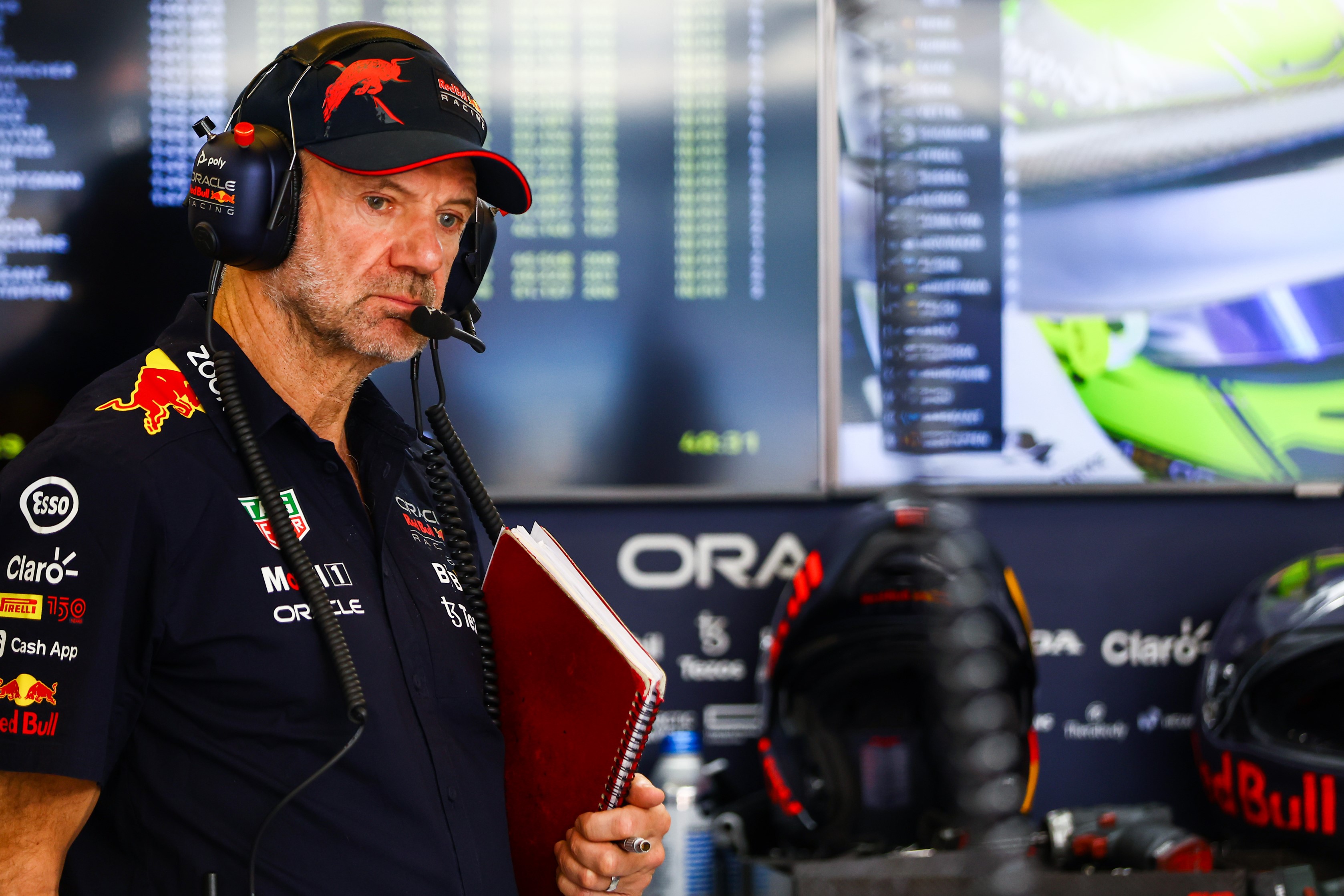
Red Bull’s breach has been confirmed, the exact number publicly stated (£1.8m) and an interesting step from the FIA in that it felt the need to point out that an incorrectly accounted tax credit would have slashed the breach to around £400k.
These numbers are in line with expectations, and while Red Bull will argue that the money didn’t come out of its development pot, rivals and critics will say that it’s all one pot – so there will be an advantage somewhere.
What matters most, though, is what impact this penalty will have. It was always the number one priority for F1’s budget cap to be reinforced. The penalty had to be enough to deter anyone from an overspend.
Now, obviously some will say that a fine and 10% of your windtunnel time is a price worth paying for a world championship. But that is quite a big oversimplification.
Focusing on what Red Bull has lost, the drop in windtunnel and CFD work is more than the gap between championship positions. That will be felt at the end of this year all the way through to the end of October in 2023. And the 2023 and 2024 cars will be impacted by this.
Clearly, it’s lenient enough that Red Bull can work to offset the loss. Maybe it can mitigate it entirely, and still have a title-winning car in 2023 and 2024.
But the penalty will not be easily shrugged off and it would be a surprise if there is no performance hit as a result of it.
Whether Red Bull’s rivals feel the same is another matter. There are advantages to be gained from breaching the budget cap, deliberately or not. Now everyone has an idea of what punishment awaits, the question is simple: will anyone think this kind of penalty is worth the risk?
This has taken far too long
Mark Hughes

Thank God this is done and we can get back to racing.
Red Bull went over the cost cap essentially by a few hundred thousand pounds and will take a 10% hit on aero testing time.
It’s not as big a breach as was feared, but an important point is that it has taken this long to resolve something which relates to the 2021 season.
If, as feared, developing the new cars if 2022 has proven more expensive and anyone has breached the ’22 cost cap, there really needs to be a system for a faster resolution than this.
Rivals can’t complain too much
Valentin Khorounzhiy
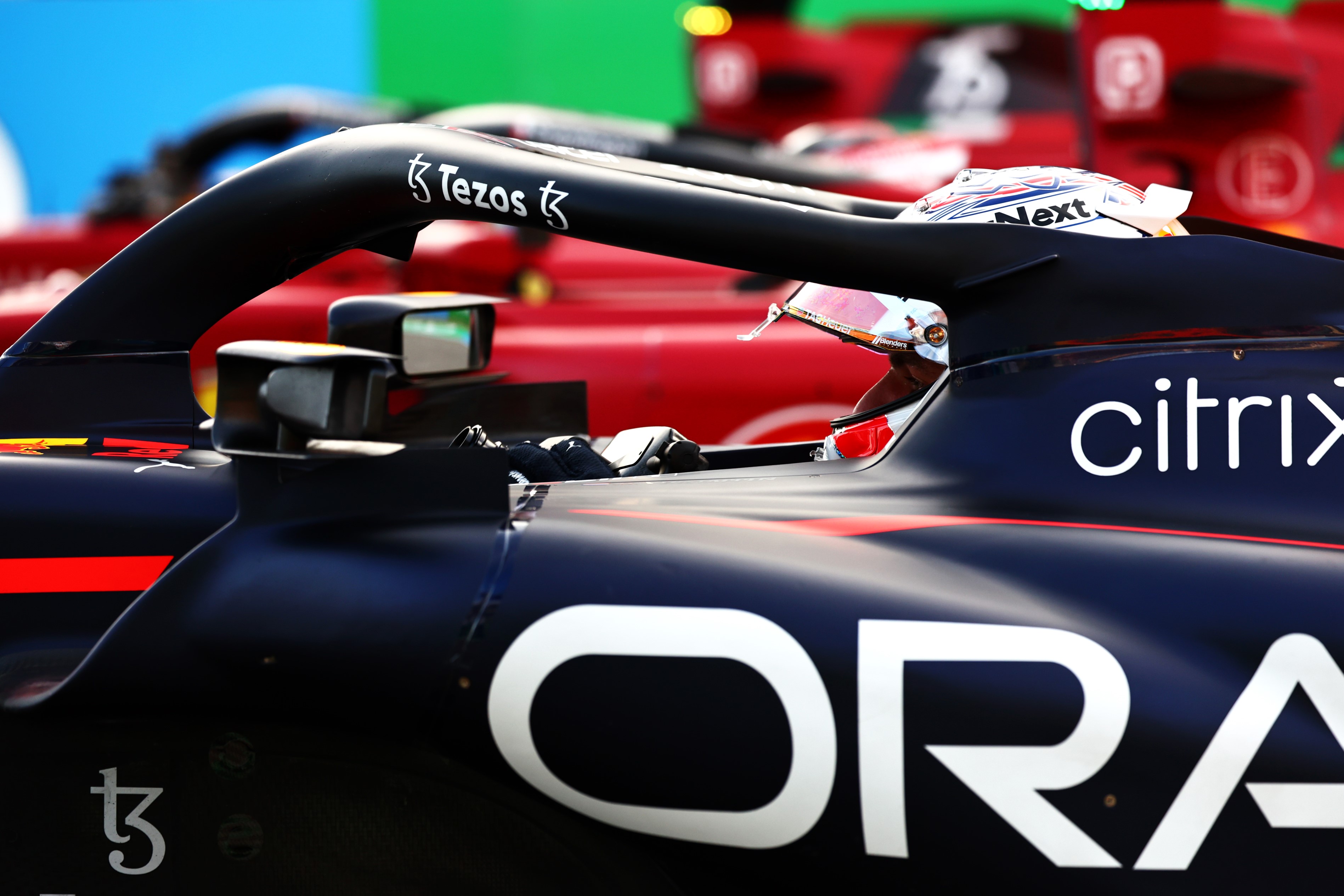
Even though today marks the joyful occasion of F1’s interminable, increasingly insufferable-in-hindsight 2021 season finally being over (or is it?), it is easy to sympathise with those fans who will feel Red Bull got away lightly for not just bending but breaking the rules.
Other F1 teams though? No sympathy there. This is the version of the F1 regulations they helped hash out in the F1 Commission meetings, with the major/minor breaches and the accepted breach agreement mechanism.
And they will know the borders of the cost cap are ultimately nebulous, just as much part of ‘the game’ as the tech trickery. They will know that because earlier this year they voted to have those borders shifted mid-season.
Should F1 have fixed penalties for cost cap breaches? Maybe. Probably.
The argument goes that the FIA and F1 thought a certain vagueness would mean the fear of unknown penalties being huge ones would act as a deterrent. But you have to imagine the teams would’ve liked that vagueness too – a margin for error that protects an outfit from being automatically thrown out for going half a million over.
So if Red Bull’s rivals don’t like what they’ve seen today, it’s not the ABA terms but the rules they need to be looking at.
How will the fine be spent?
Jack Benyon
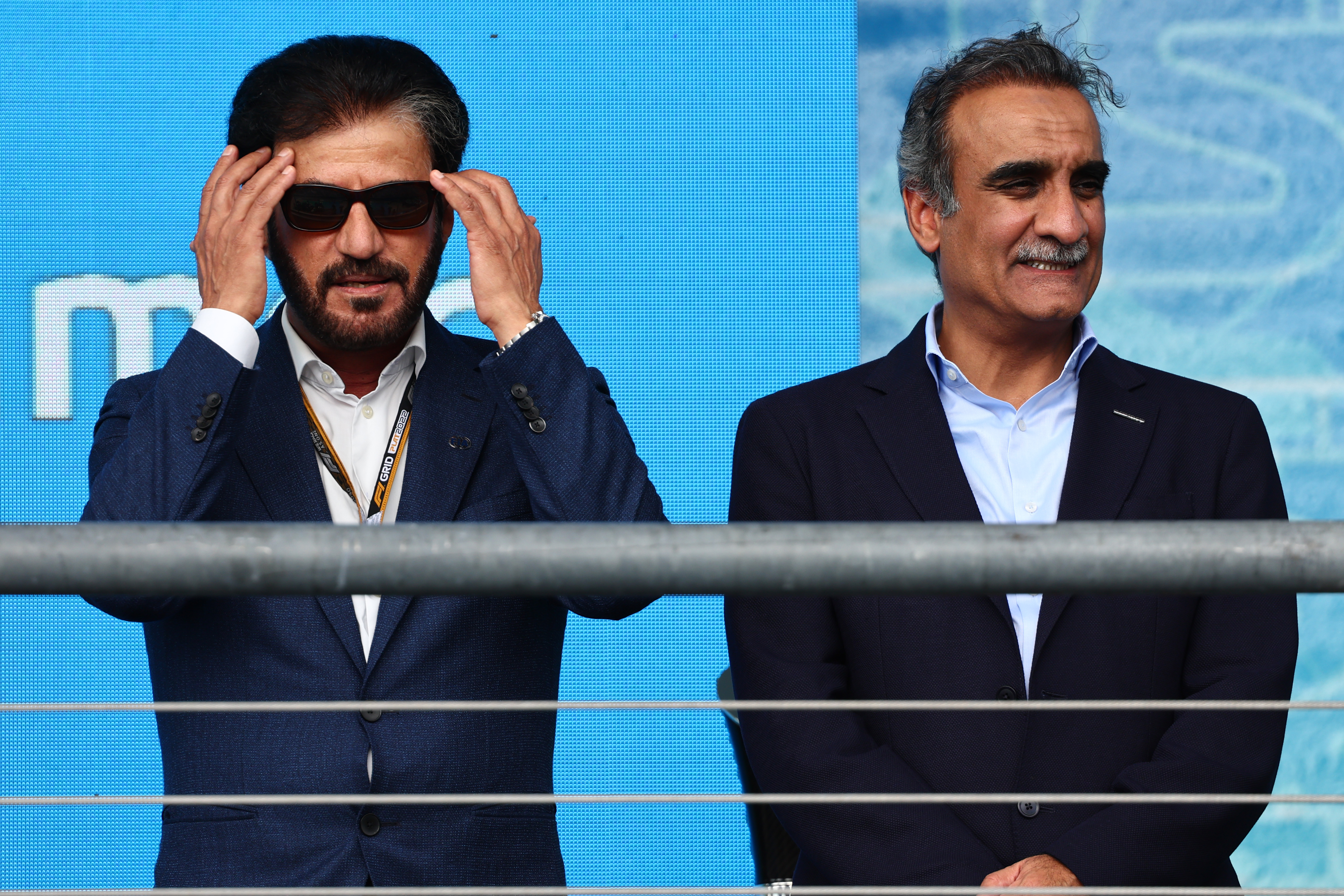
My Formula 1 colleagues are far better placed to debate the fine details of today’s news. The question I have is: where does the money go?
The Red Bull and Aston Martin fines combined don’t reach anywhere near the $100m McLaren was hit with in 2007 for the spying debacle, but over $7m is still a huge amount of money to just be handed over to the FIA.
The likelihood is the money will be donated to the FIA Foundation, its charitable arm, and redirected.
I hope that redirection is to a good cause and that the FIA publicises where the money has gone and how it has been used.
The F1 teams have to detail their spending under the cost cap rules, and the FIA should do the same with the money it gleans from fines from it.


